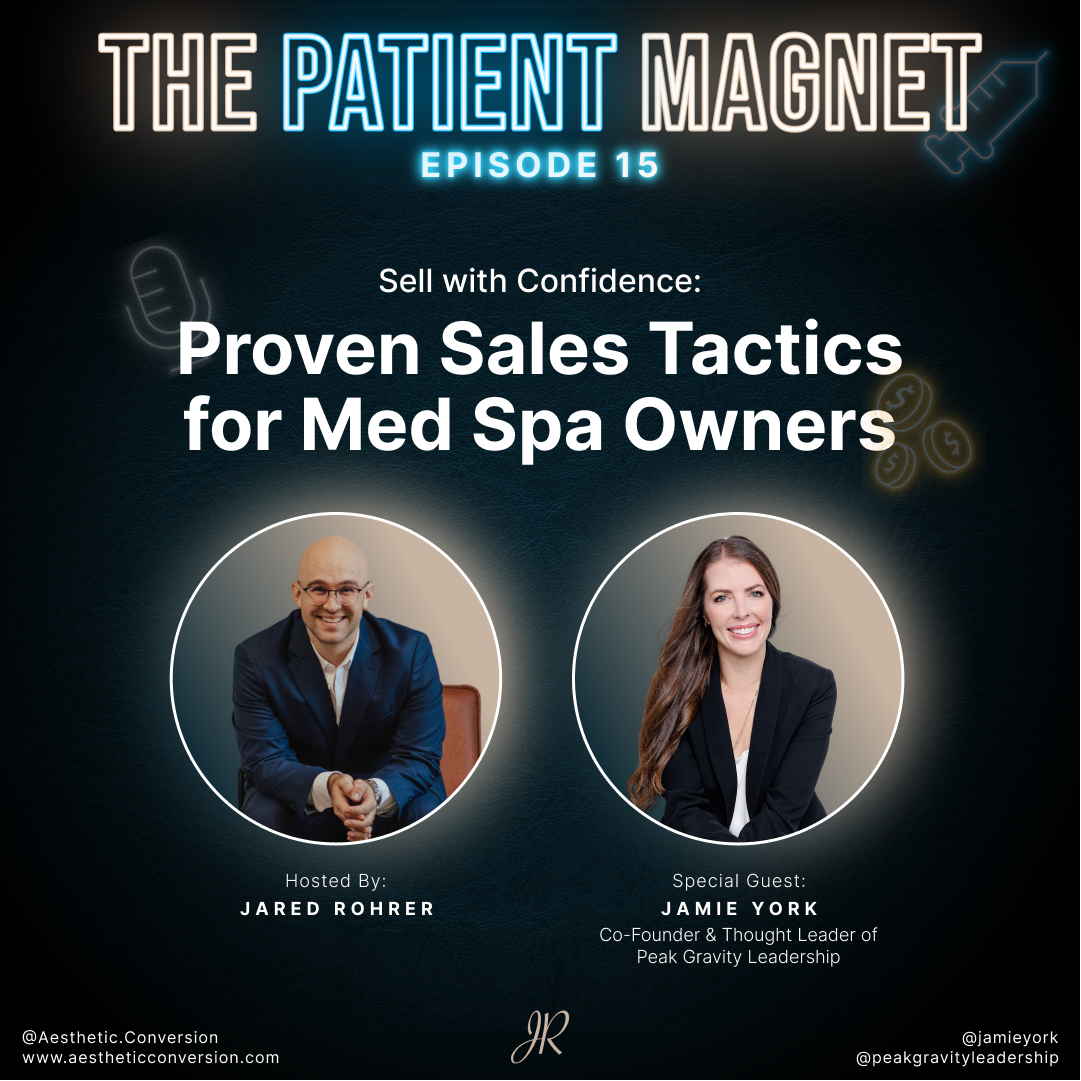
Medspa Web Design in the US: What’s Hot (and Not) in July 2025

Updated: July 2025
As aesthetic treatments go mainstream across the United States, one vital factor separates the best from the rest—medspa web design in the US. Gone are the days of cookie-cutter websites. Today, success lies in hyper-targeted, beautifully optimized platforms that speak directly to potential clients, especially for plastic surgeons and dermatologists expanding into aesthetics.
This July 2025 update is not your average take on medspa marketing. It’s a deeper dive into the real strategies and hidden gaps in the industry, crafted especially for professionals who want to stand out in a growing, yet increasingly competitive digital space.
The “Aesthetic” Standard in 2025: It All Starts With the Website
Before clients book a single appointment, they Google you. A great website isn’t just nice to have—it's your 24/7 brand ambassador.
Aesthetic Conversion has tapped into the power of tailored medspa web design in the US, showing that a clean, conversion-focused website can increase consultations by up to 60%. It’s not about being flashy—it's about being strategic.
Plastic Surgeons & Dermatologists Are Expanding—and So Should Their Web Presence
More traditional medical professionals—especially plastic surgeons and dermatologists adding aesthetics—are integrating medspa services. This shift is exciting, but without digital infrastructure to match, it can confuse potential clients.
That’s where medspa web design in the US for plastic surgeons or dermatologists adding aesthetics comes in. It bridges the gap between the clinical and the cosmetic. Key benefits include:
- Clear navigation between clinical and aesthetic offerings
- Messaging tailored to both patient types
- Smart content that educates while selling
The right design prevents brand dilution and boosts patient trust instantly.
What’s Hot in Medspa Web Design in the US (July 2025 Update)
Mobile-First (Not Just Mobile-Friendly)
Over 72% of medspa-related searches now happen on mobile. Websites that don’t load quickly or navigate smoothly on smartphones? Dead in the digital water.
Glam Meets Functionality
2025 web aesthetics blend luxury visuals with seamless functionality. This means:
- Elegant white space and serif fonts
- Cinematic videos
- Patient-focused messaging with CTAs every scroll
Trust-Building Through Interactive Reviews & Before-Afters
Not just photo galleries anymore—interactive sliders and story-based testimonials now dominate the scene. These humanize your practice and increase time on site.
What’s Not Working Anymore
Generic Design Templates
Your clients can spot fakeness from a mile away. Using common medspa templates without customization kills authenticity, especially for plastic surgeons and dermatologists, where trust is paramount.
Overloading with Medical Jargon
Aesthetic clients want clarity, not complexity. A huge trend in medspa web design in US is conversational language that demystifies procedures.
Neglecting Local SEO
Far too many medspas still miss out on local traffic because their websites don’t target city-level or zip-code searches. With mobile "near me" searches on the rise, this is a critical (and missed) opportunity.
Real Results from Strategic Web Design
Aesthetic Conversion helped a Florida-based dermatologist revamp their outdated site with a new design optimized for aesthetic traffic. They focused on:
- Local keyword targeting
- Fast mobile performance
- A patient quiz funnel for injectables
Results? A 3X increase in monthly leads, a 55% lower bounce rate, and a waitlist that filled in 45 days.
Local Traffic = Loyal Clients
The keyword medspa web design in the US isn’t just about national visibility. Aesthetic Conversion builds systems that help practices dominate their local zip codes, using:
- Hyper-local content strategies
- Google Business Profile optimization
- Geo-tagged photo content
This is a game changer for plastic surgeons or dermatologists offering both medical and cosmetic services.
Why Web Design Is Now a Business Strategy
Your website should not be a static brochure. It should:
- Pre-sell your services
- Qualify your leads
- Reduce front-desk labor
- Capture high-intent traffic
When done right, medspa web design in the US becomes a profit center, not an expense.
How Aesthetic Conversion Stays Ahead of Trends
What sets Aesthetic Conversion apart is its in-house aesthetic knowledge. Unlike traditional web agencies, they understand:
- The emotional triggers of aesthetic clients
- FDA guidelines for medspa language
- How to balance luxury with legality
They update their strategies monthly, like this July 2025 rollout, to stay aligned with Google algorithm shifts and user behavior patterns.
Conclusion: The Future Is Already Here
As more physicians pivot to aesthetics, the competitive bar continues to rise. The difference between a booked schedule and radio silence often comes down to medspa web design in the US—smartly executed and constantly optimized.
With agencies like Aesthetic Conversion, dermatologists and plastic surgeons adding aesthetics can future-proof their digital presence and take full control of their growth trajectory.
FAQs
What makes medspa web design different from general web design?
It focuses on client psychology, luxury branding, and HIPAA-compliant features tailored to aesthetic services.
Why is local SEO important for medspas?
Most clients search for aesthetic treatments near them. Targeting local keywords increases your visibility where it matters most.
How often should a medspa website be updated?
At least once a quarter, with monthly content or feature rollouts recommended for peak performance.
Can a website increase client bookings?
Yes. Strategic design, trust-building content, and conversion funnels can drastically improve bookings and lead quality.
Is it worth hiring a specialist agency like Aesthetic Conversion?
Absolutely. Their expertise in both aesthetics and digital marketing bridges the gap that most generic web designers can’t.
What are the top mistakes to avoid in medspa web design?
Avoid using generic templates, slow mobile pages, and neglecting local SEO.




.svg)